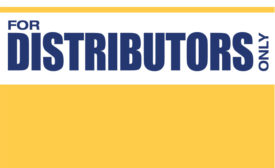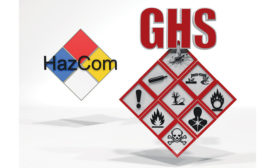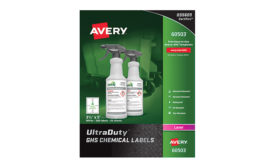Home » Keywords: » chemical management
Items Tagged with 'chemical management'
ARTICLES
DuPont announces launch of DuPont™ Tyvek® 800 J
New protective garment offers enhanced performance and unique, liquid-tight design
March 22, 2016
Never miss the latest news and trends driving the safety industry
eNewsletter | Website | eMagazine
JOIN TODAYCopyright ©2024. All Rights Reserved BNP Media.
Design, CMS, Hosting & Web Development :: ePublishing







